Clogs in toilets can be a big problem. But, you can fix them with the right steps, especially if you know how to plunge toilet correctly. Dealing with a clogged toilet can be stressful, but it doesn't have to be. Our step by step toilet plunging guide will make you a pro at toilet clog removal. Learning how to plunge a toilet is a skill every homeowner or renter should have. It helps you deal with blockages quickly and keeps your plumbing working well.
Follow our techniques and tips for effective toilet plunging techniques. Say goodbye to those inconvenient clogs for good.

Understanding the Causes of Toilet Clogs
Common Causes
Toilet clogs can be a big mess. They happen for many reasons, from what we flush to how the toilet is made. Here's a list of common causes:
- Too much toilet paper: Using too much can block the drain.
- Flushing non-flushable items: Things like wipes, cotton pads, and diapers don't break down in water.
- Hair: It can gather in the pipes and cause a blockage.
- Small objects: Kids sometimes flush toys or other small items that get stuck.
- Hard water buildup: Minerals in hard water can collect and narrow the pipes over time.
- Food fat: Although not common, some people flush food fats which solidify and clog.
- Tree roots: They can grow into pipes outside, causing blocks.
- Old pipes: They might have narrow passages or damage that catches waste.
- Low flow toilets: Some older models don't use enough water to clear the bowl properly.
Each of these causes can create a blocked toilet or slow drain situation needing attention. Understanding these causes can help you decide how to plunge toilet when clogs happen.
Toilet Design Issues
Some toilets have design problems that can lead to clogs. Older models might not use water efficiently, making it hard for waste and paper to move through the pipes. Newer toilets are better at this because they use less water but with more power.
The way a toilet bends inside also matters. Some shapes make it easier for clogs to happen. If the bend or "trap" is too tight, normal waste has a tough time going through. This means even small blocks can cause big issues over time. Knowing how to plunge toilet in these situations can help resolve blockages.
Environmental Factors
Climate and weather play a big role in causing toilet clogs. In places with lots of rain, drains can get overwhelmed. This makes it hard for water to flow away from your house. When there's a lot of water outside, your toilet might not flush well.
Heavy rainfall can lead to more blocked toilets by pushing debris into pipes.
Trees near pipes cause trouble too. Roots grow into cracks in search of water and block the flow. Older systems are most at risk because they're not as strong as new ones. If roots block your pipes, flushing becomes difficult and often leads to clogs. However, knowing how to plunge toilet can sometimes help temporarily resolve the issue.
How to Properly Plunge a Toilet
Cleaning the Area
Clean the area around the toilet first. This makes your job easier and keeps things hygienic. Use gloves and a cleaning spray to wipe down the floor. Make sure you also clean any splashes on the toilet itself. This step prevents germs from spreading.
After cleaning, place old towels or newspapers on the floor. These will soak up any water that might spill while you are working. It saves time in cleanup later and protects your bathroom floor from messes.
Positioning the Plunger
To start, make sure the plunger is right over the toilet's drain. The cup part needs to cover the hole completely. This creates a tight seal, which is key for a good plunge. A flange plunger works best because it fits well into the toilet drain.
Next, push down slowly at first to get rid of air. If you push too fast, water could splash out and make a mess. After that first gentle push, you can use more force to learn how to plunge toilet properly.
Plunging Technique
To plunge a toilet right, you need to push and pull the plunger with force. Make sure the plunger covers the hole completely. Push down slowly to remove air, then pull up quickly. This creates strong suction and helps clear clogs.
Keep doing this for 15-20 seconds. If water rushes out, you did it! If not, try again a few times. Sometimes, it takes several tries to unclog a blocked toilet drain effectively. If you're unsure how to plunge toilet correctly, practice makes perfect.
Checking for Success
After plunging, flush the toilet to see if water flows smoothly. This checks if you removed the blockage. If water rises, try plunging again until it clears.
If flushing works well and water doesn't rise, your job is done. Sometimes, it may take a few tries to get it right. Keep at it until the clog is gone. Now that you know how to plunge toilet properly, success is closer.
Alternative methods for plunging
Using a plumbing snake
A plumbing snake helps clear a blocked toilet when a plunger can't. It's a long, flexible tool that you twist down into the drain. As it moves through the pipes, it breaks up or grabs clogs so you can pull them out. This method works well for tough blockages deep in the pipe.
You start by slowly feeding the snake into the toilet drain until you feel resistance. That's likely your clog. Then, turn the handle to twist the snake into and through whatever is blocking the pipe.
Once you think you've caught or broken up the clog, gently pull out the snake. Repeat if needed until water flows smoothly again. If using a snake, you might not need to worry about how to plunge toilet after all.
Using Chemical Drain Cleaners
Using chemical drain cleaners can help clear a blocked toilet. These cleaners work by breaking down the stuff that makes the blockage. You find them in most stores. Make sure to read the label before using it. This way, you use it safely and effectively.
Safety is key when handling these chemicals. Wear gloves and avoid splashing. If your toilet still doesn't unclog, you might need to try something else or call a pro for help. You may not need to know how to plunge toilet if chemicals solve the issue.
Calling a Professional
Sometimes, a plunger just won't do. This is when you need to call a plumber. Plumbers have special tools and skills to fix blocked toilets fast. They can find what causes the clog and solve it without making a mess. A professional can often see problems we miss.
Hiring a plumber might cost more, but they make sure your toilet works right. After all, nobody wants a bathroom blockage to come back. If you're unsure how to plunge toilet, a professional can help you out.
The Role of Modern Toilets in Preventing Clogs
Self-Cleaning Nozzles
Moving on from the role of modern toilets, we find self-cleaning nozzles. These nozzles are smart parts of toilets that help stop clogs. They do this by cleaning themselves. This means less dirt and fewer clogs.
These nozzles spray water to clean the toilet bowl and the nozzle itself after every flush. So, they keep everything running smoothly without extra work for you. This feature is great because it keeps your toilet cleaner for longer and helps prevent blockages before they start, meaning you might not need to worry about how to plunge toilet in the first place.
Efficient Flushing Systems
Efficient flushing systems are crucial for preventing toilet clogs. HOROW toilets are equipped with advanced single and dual flush systems designed, to clear waste with minimal water usage. The unique swirling siphon and bottom spray enhanced siphon technology ensures thorough cleaning. Initially, the water flows in a full, side-sweeping motion, followed by a bottom spray that strengthens the siphon effect. The final side-sweeping flush forms a water seal, effectively rinsing the bowl clean without any backflow.
This powerful flushing mechanism eliminates the need for frequent plunging. When your toilet is equipped with such innovative systems, knowing how to plunge a toilet becomes unnecessary, as the toilet is designed to prevent blockages from the start. With reliable flushing and smart design, HOROW toilets ensure a clog-free, hassle-free bathroom experience.
MAP 1000g Flush
MAP 1000g flush refers to a system that can move up to 1000 grams of waste with a single flush. This rating means the toilet is very good at preventing clogs. Toilets with this feature use less water too. They are designed for efficiency and saving money on water bills. With such a system, you won't often need to worry about how to plunge toilet.
HOROW Toilets: Innovative Solutions for a Hassle-Free Experience

HOROW toilets are changing the game in bathroom design. They have self-cleaning nozzles and efficient flushing systems that stop clogs before they start. With a MAP 1000g flush rating, these toilets can handle a lot of waste at once, making them perfect for busy homes.
This means less time fixing clogs and more time enjoying a clean bathroom.
These toilets also save water with each flush, which is good for the environment and your wallet. The smart design stops blockages from happening. So, if you're tired of dealing with toilet troubles, HOROW offers an easy fix.
T36

When considering how to plunge a toilet, the HOROW T36 provides distinct advantages with its built-in booster pump, which enhances water pressure to ensure a more efficient flush. This powerful flushing mechanism helps prevent blockages, reducing the need, for frequent plunging by effectively clearing waste with each use.
Additionally, the T36 features a self-cleaning nozzle that automatically washes away any residual impurities after each use. This advanced functionality not only ensures hygiene but also minimizes the chances of clogs, making it easier to maintain than traditional toilets that may require manual intervention.
T37

When it comes to how to plunge a toilet, the HOROW T37 offers distinct advantages over other models. With its advanced self-cleaning function, this smart toilet reduces the need, for frequent plunging by maintaining optimal water flow and preventing clogs. Its efficient design, combined with a dual flush system, ensures that waste is effectively cleared with minimal effort, minimizing the chances of blockages.
Additionally, the T37’s off-seat flushing feature enhances convenience, as it automatically flushes five seconds after you leave the seat. This hands-free, hygienic solution reduces the likelihood of clogs, setting it apart from traditional models that might require manual plunging.
T38

When it comes to how to plunge a toilet, the HOROW T38 offers significant advantages with its built-in water tank and powerful flushing system. The advanced flush modes, including the pre-wet feature, help ensure a cleaner and more effective flush, reducing the likelihood of clogs and the need, for plunging.
Additionally, the self-cleaning nozzle and reliable flushing ensure that the toilet maintains optimal hygiene and performance, minimizing maintenance. With features like the emergency flush during power outages, the T38 provides a reliable and efficient solution that sets it apart, from other models that may struggle with low water pressure.
FAQ
1. What are the steps to plunge a toilet?
First, get a good plunger. One with a flange is best. Next, place it in the toilet bowl and make sure it covers the hole completely. Push down gently at first to create suction. Then, push harder without breaking that seal. Pull up sharply to dislodge the clog.
2. How often should I plunge my toilet?
It depends on how frequently your toilet gets clogged. But ideally, you shouldn't need to do this too often if everything's working properly.
3. Can plunging damage my toilet?
If done correctly, no harm should come of it. But be careful not to use excessive force or you could crack the porcelain.
4. What if plunging doesn’t work?
If plunging doesn't work as expected you might be facing a problem hereabouts. It could be worth seeking expert assistance if things don't get better after giving it a few tries.

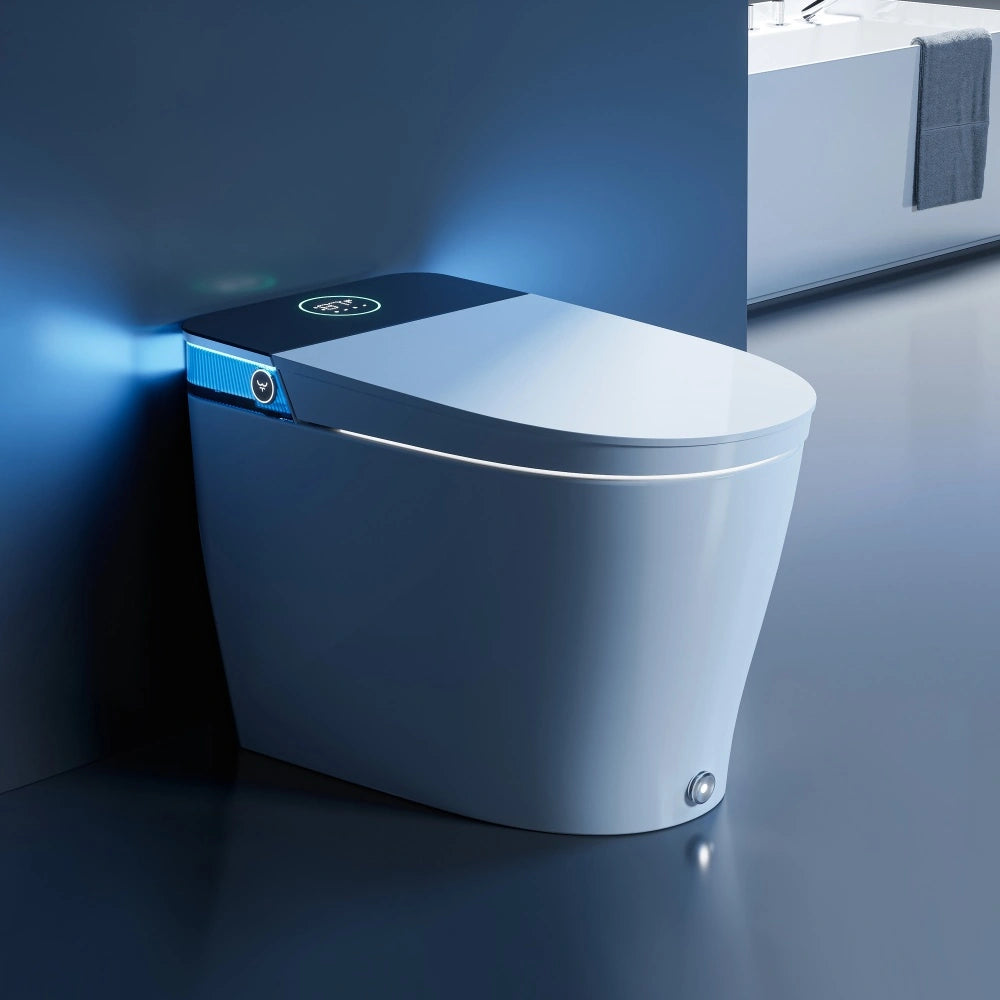
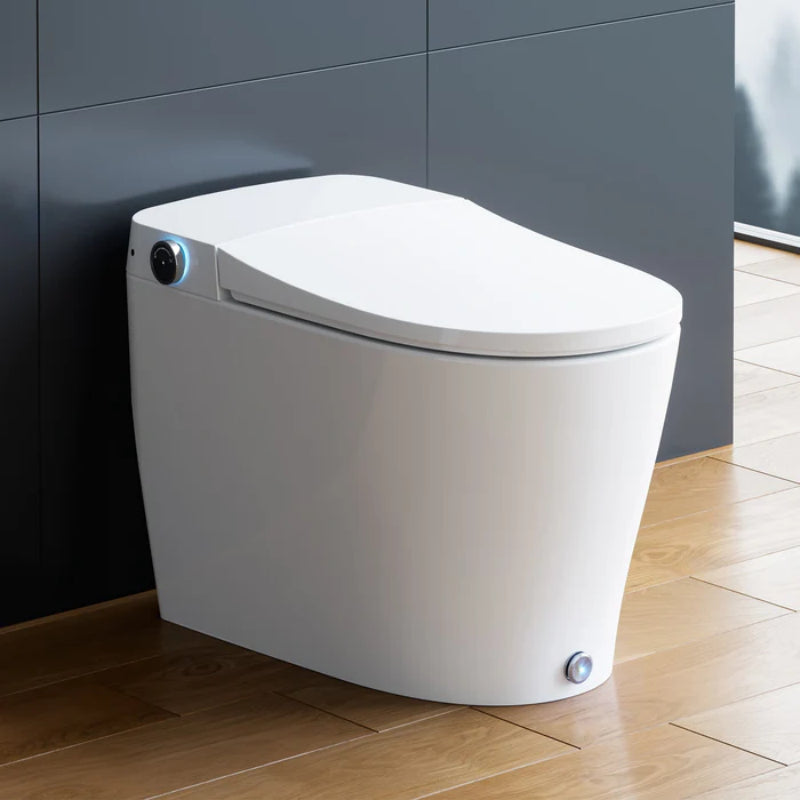
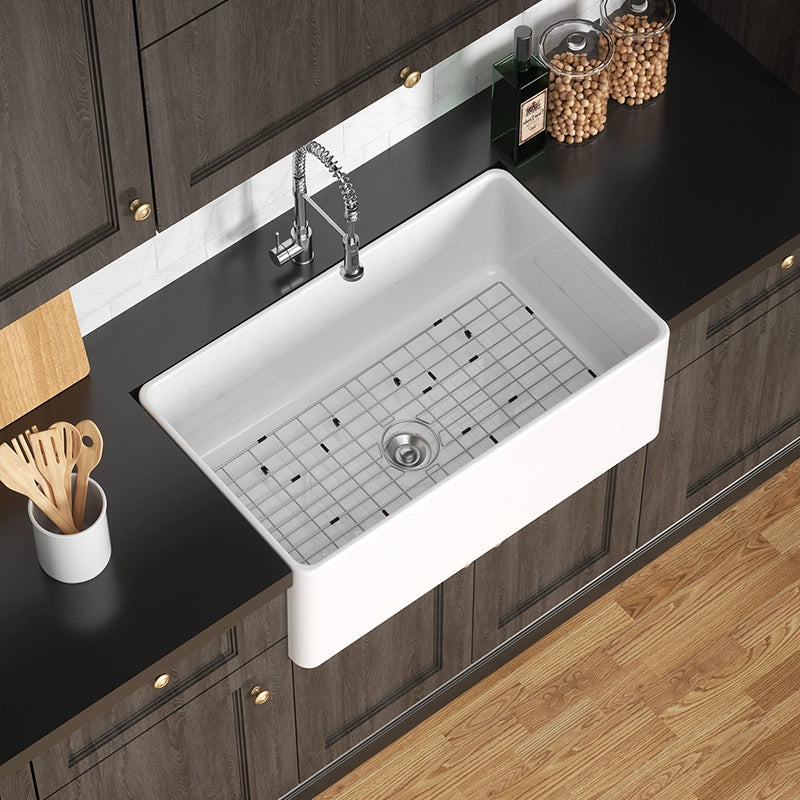
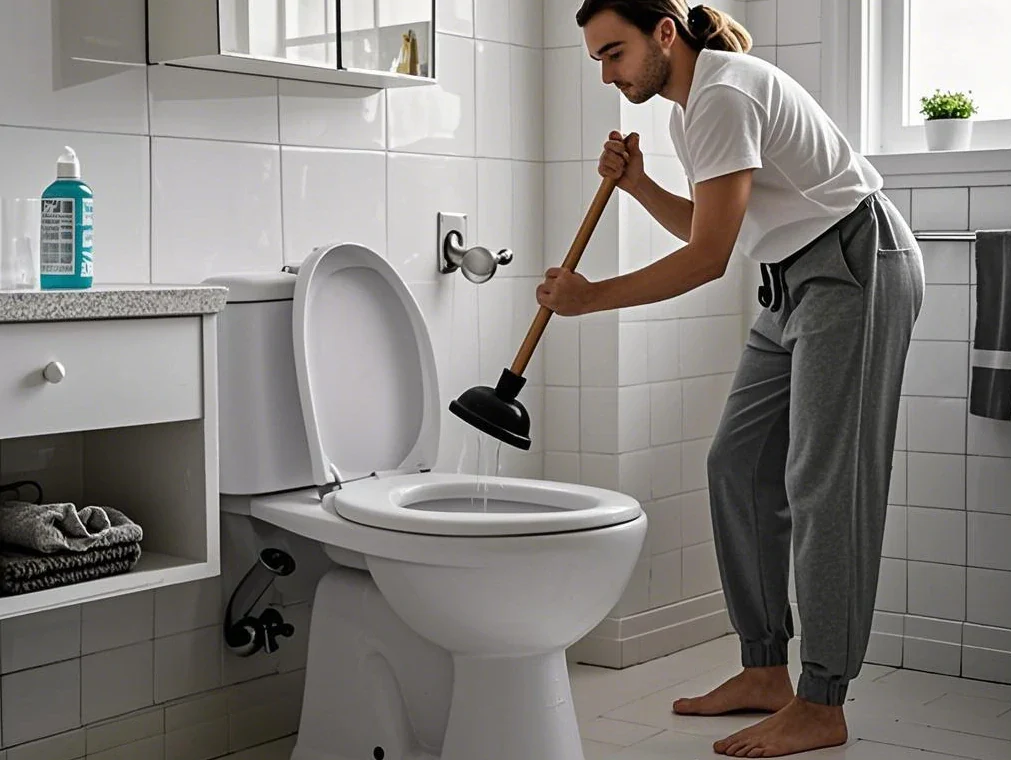
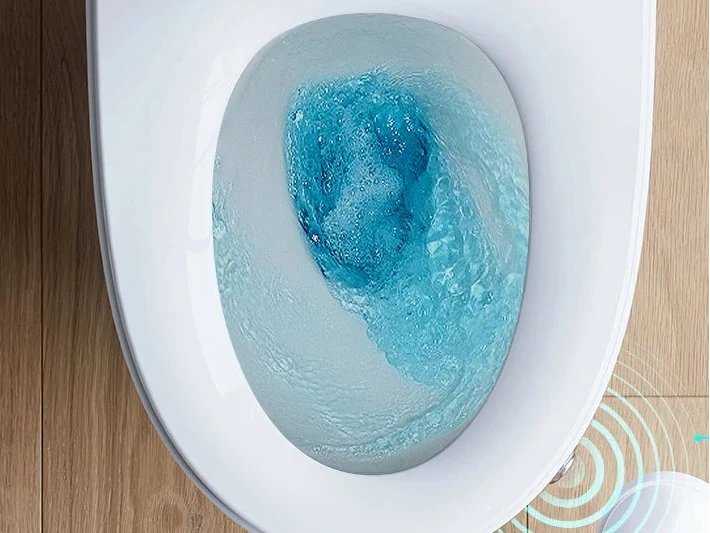
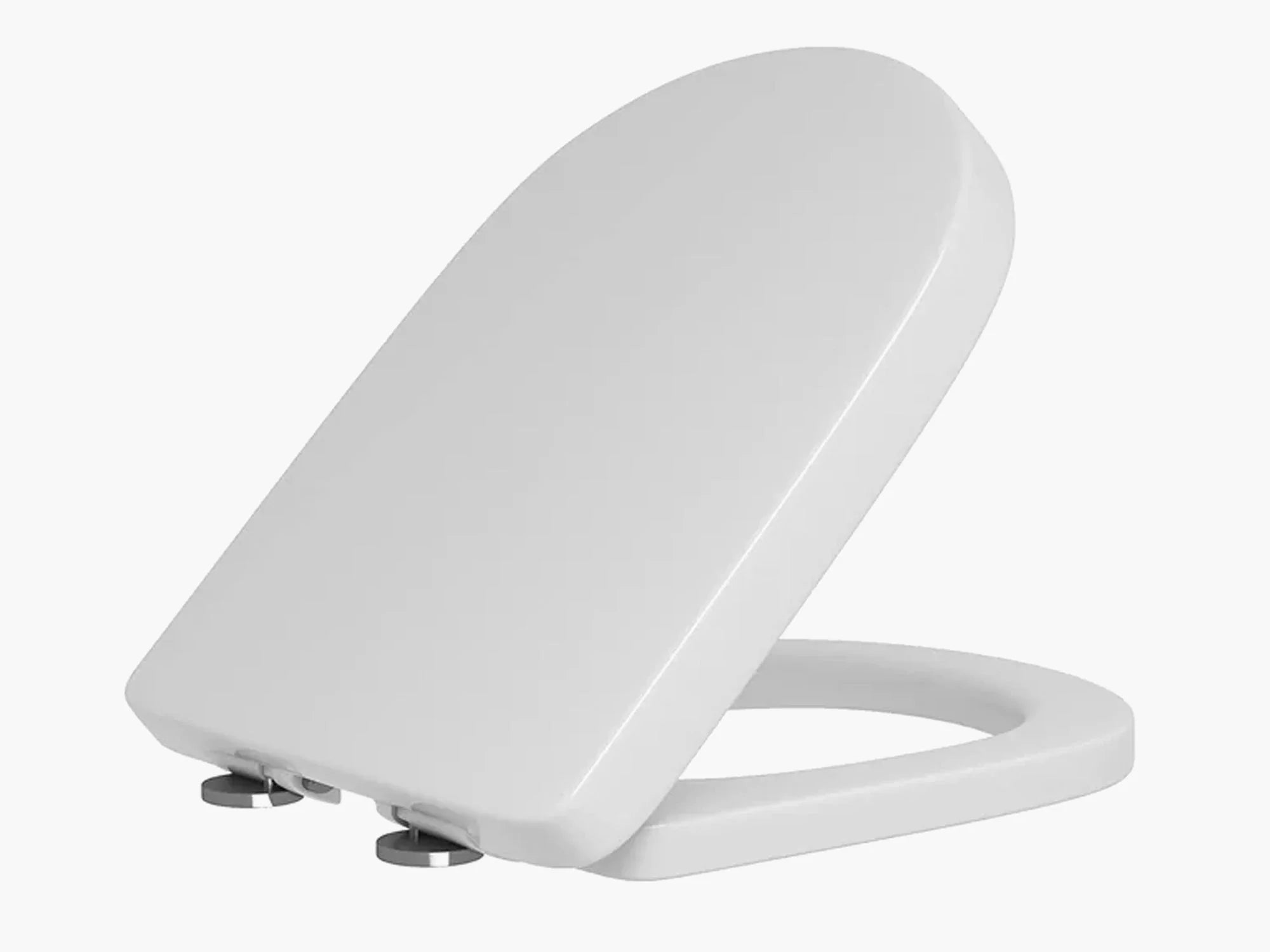

Leave a comment
This site is protected by hCaptcha and the hCaptcha Privacy Policy and Terms of Service apply.